How to Design A Cohesive Home That Flows
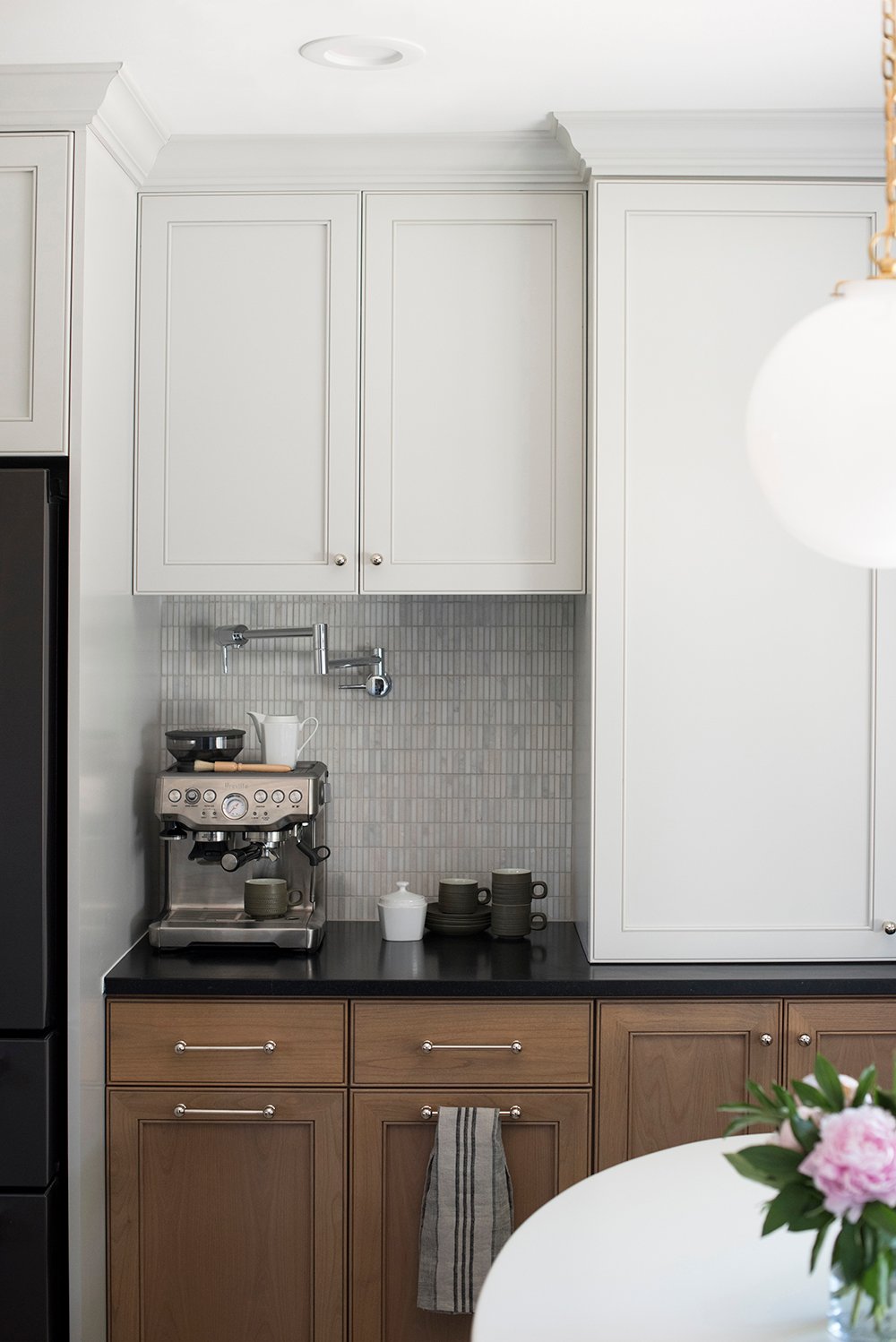 A few weeks ago, a reader messaged me, asking for advice on how to design a home that flows nicely… where all of the rooms feel like they belong under the same roof. I thought that was a totally valid question that deserved a long winded answer, so here we are… discussing and dissecting it. Click through for eight of my tips on designing a cohesive home that flows!
A few weeks ago, a reader messaged me, asking for advice on how to design a home that flows nicely… where all of the rooms feel like they belong under the same roof. I thought that was a totally valid question that deserved a long winded answer, so here we are… discussing and dissecting it. Click through for eight of my tips on designing a cohesive home that flows!
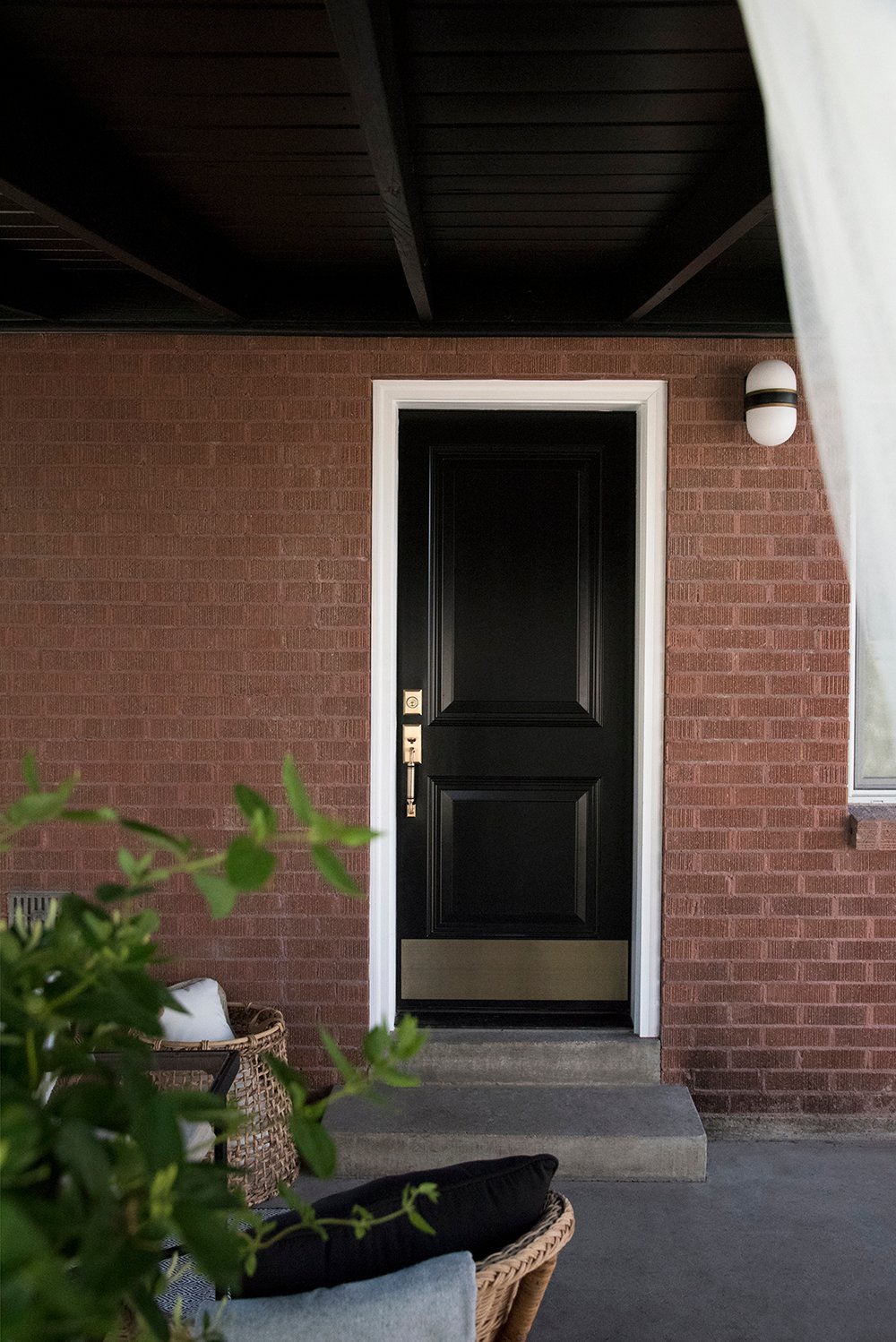 I’m just going to dive right in! I’m also going to use our previous home as an example, since it is totally finished and more representative of this topic. Our current home isn’t even close to being “finished”… we’ve only renovated a few rooms (the guest bath, the kitchen, the formal living room, and the basement bath), so the home in its entirety isn’t a great example of our aesthetic or a house that flows nicely from room-to-room, at this point. We literally have flooring that stops exposing the subfloor connecting the new and old materials (just to give you an idea of how broken up our home currently feels). Anyway, all of these images are from our last house, which we finished in September of 2018. Catch the entire tour here, and all of the source links here. Ready for the tips? Let’s do it!
I’m just going to dive right in! I’m also going to use our previous home as an example, since it is totally finished and more representative of this topic. Our current home isn’t even close to being “finished”… we’ve only renovated a few rooms (the guest bath, the kitchen, the formal living room, and the basement bath), so the home in its entirety isn’t a great example of our aesthetic or a house that flows nicely from room-to-room, at this point. We literally have flooring that stops exposing the subfloor connecting the new and old materials (just to give you an idea of how broken up our home currently feels). Anyway, all of these images are from our last house, which we finished in September of 2018. Catch the entire tour here, and all of the source links here. Ready for the tips? Let’s do it!
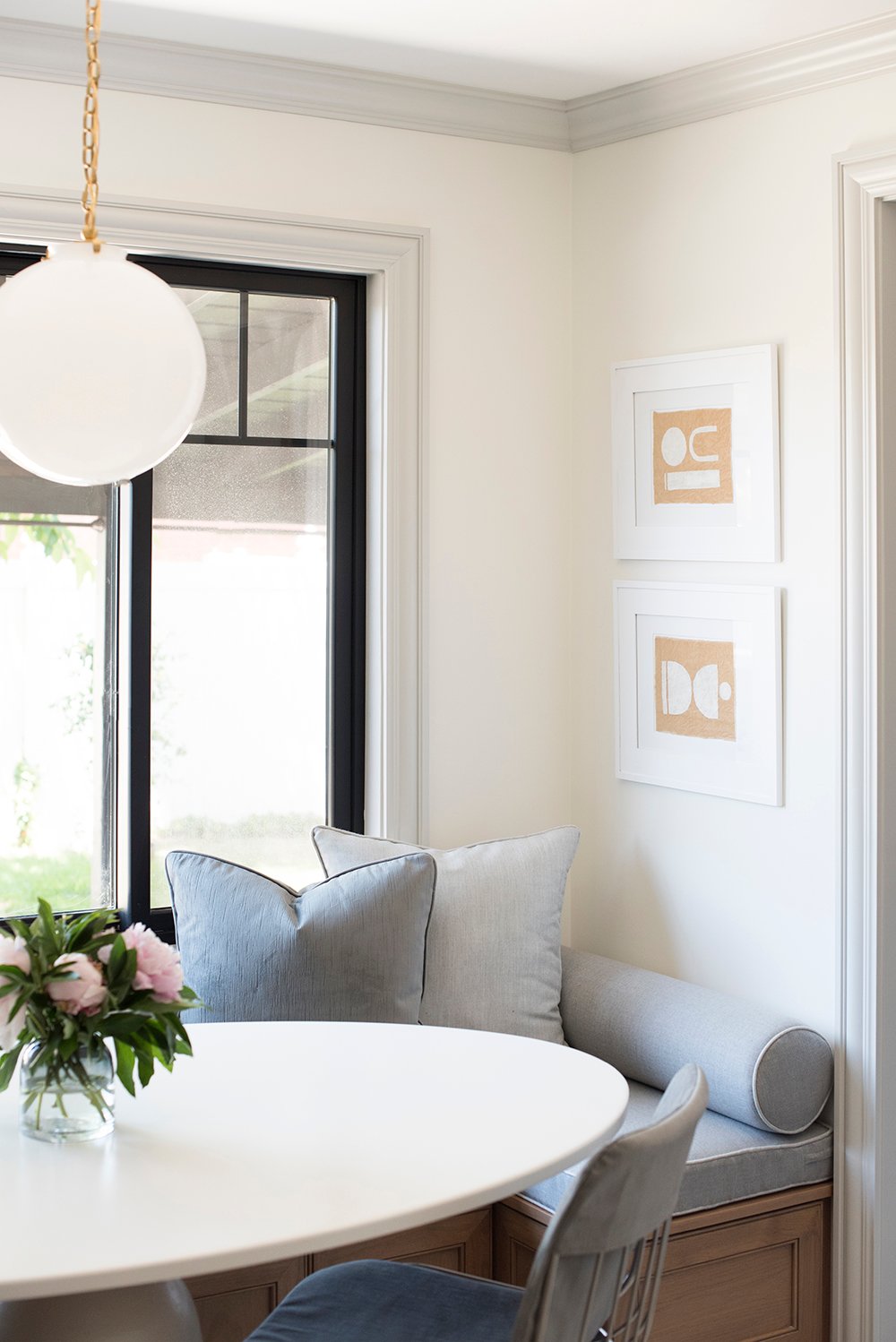
Envision Your Home, and the Rooms Within It, As a Family
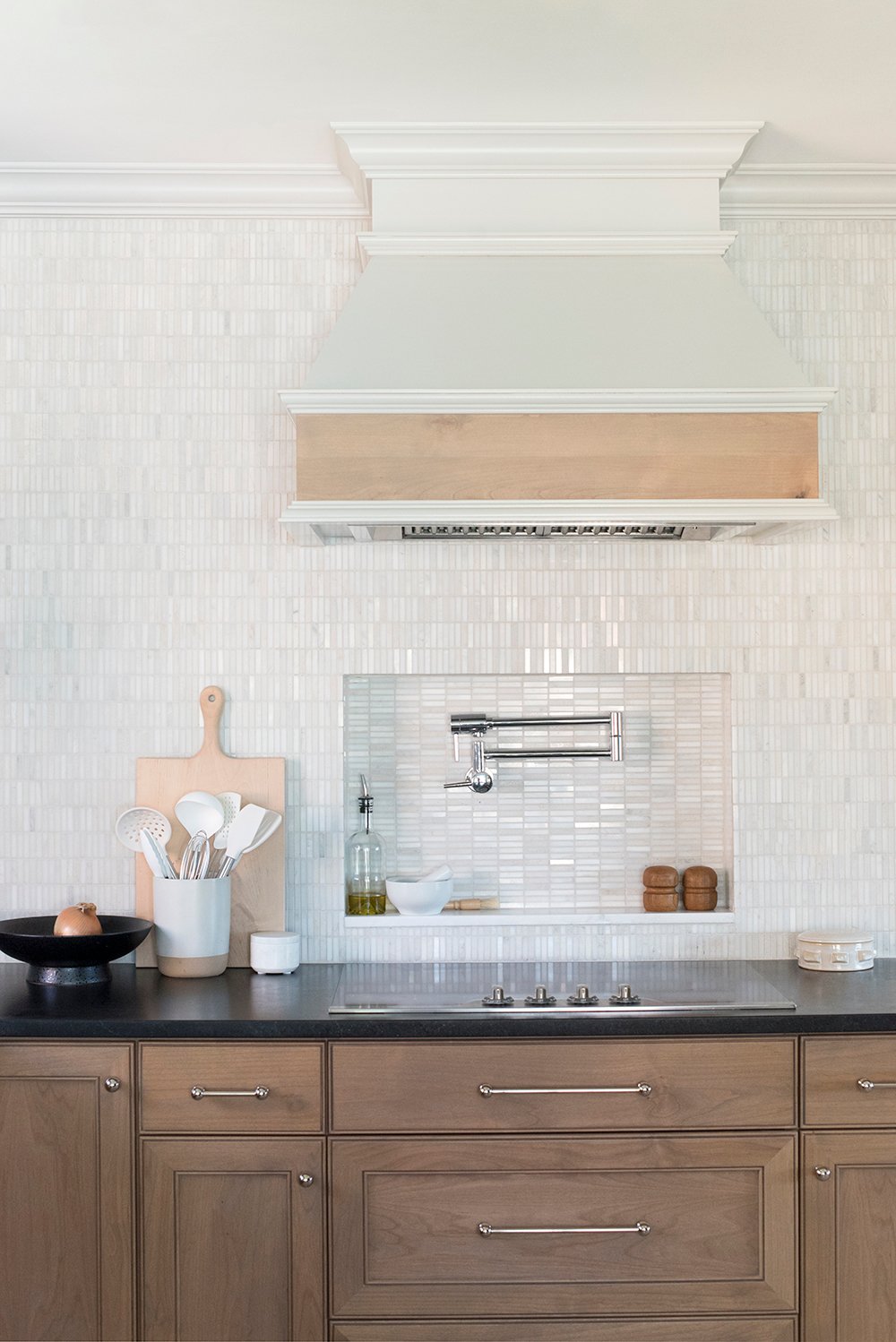 I’m a visual person and this example is an easy one to comprehend. Think of your home as a whole… the rooms are all apart of the same family. Perhaps they’re siblings or maybe even cousins, but they’re all related. While they may look similar and you can tell they are cut from the same cloth, they have plenty of differences and are also unique. The rooms within your home should feel cohesive, but since they are located under the same roof, you should also try to design them to look related and cohesive. So, how exactly do you go about doing that? Keep reading!
I’m a visual person and this example is an easy one to comprehend. Think of your home as a whole… the rooms are all apart of the same family. Perhaps they’re siblings or maybe even cousins, but they’re all related. While they may look similar and you can tell they are cut from the same cloth, they have plenty of differences and are also unique. The rooms within your home should feel cohesive, but since they are located under the same roof, you should also try to design them to look related and cohesive. So, how exactly do you go about doing that? Keep reading!
Use Repetition to Your Advantage
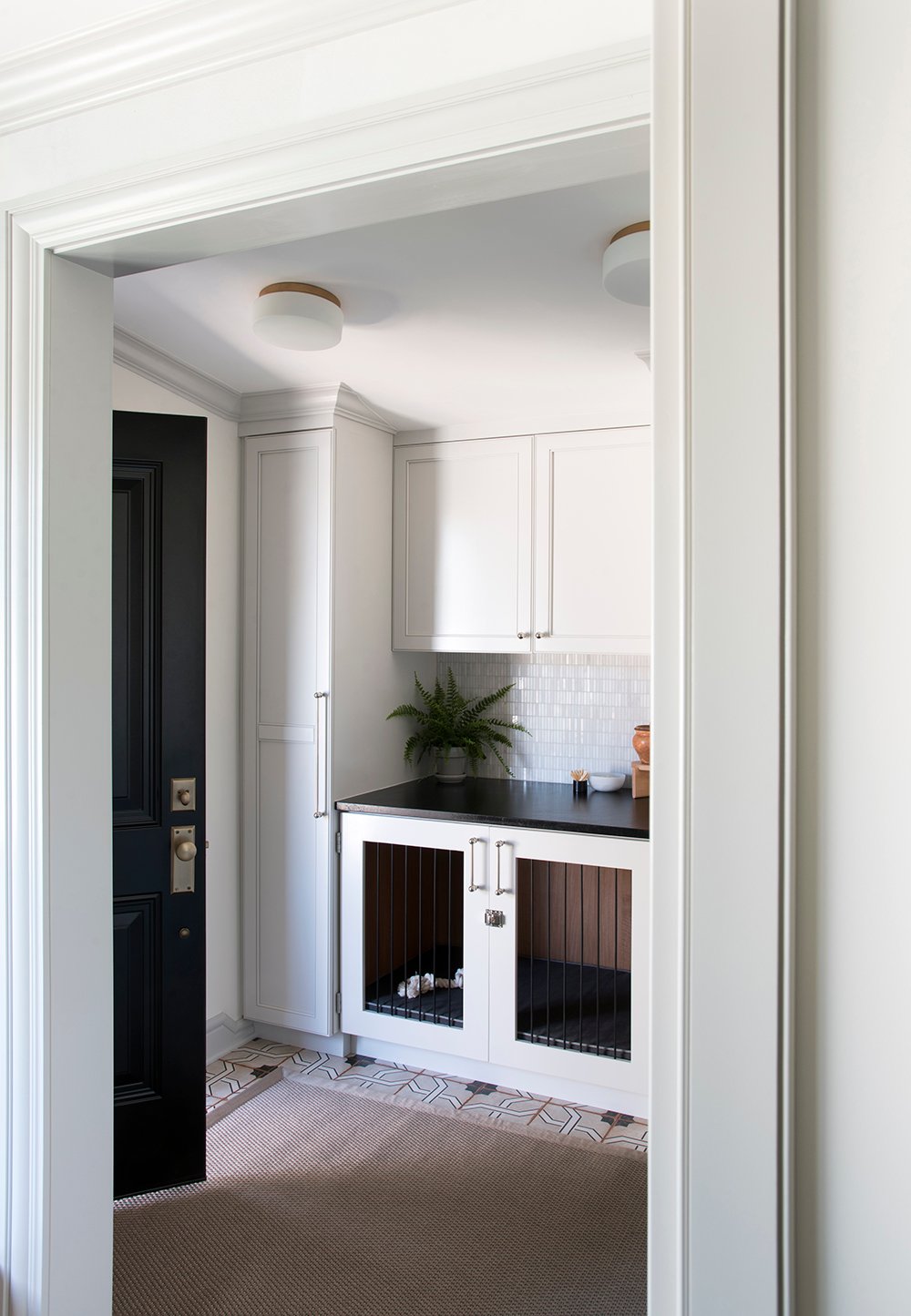 What are your favorite elements in your home or a room you’ve recently designed? Repetition of your favorite materials, paint colors, and textiles is a good way to make your home feel cohesive. Here are a couple examples… that wall color you loved? Use it in another room close by as contrast trim. How about the light fixture finish in your master bedroom? Repeat that same exact finish in the connected walk-in closet! Do you love the marble tile in your powder bath? Try installing the same variety of marble on your laundry room countertop or backsplash. By making these small, intentional design decisions, your home will feel more cohesive.
What are your favorite elements in your home or a room you’ve recently designed? Repetition of your favorite materials, paint colors, and textiles is a good way to make your home feel cohesive. Here are a couple examples… that wall color you loved? Use it in another room close by as contrast trim. How about the light fixture finish in your master bedroom? Repeat that same exact finish in the connected walk-in closet! Do you love the marble tile in your powder bath? Try installing the same variety of marble on your laundry room countertop or backsplash. By making these small, intentional design decisions, your home will feel more cohesive.
Keep Architectural Elements Consistent
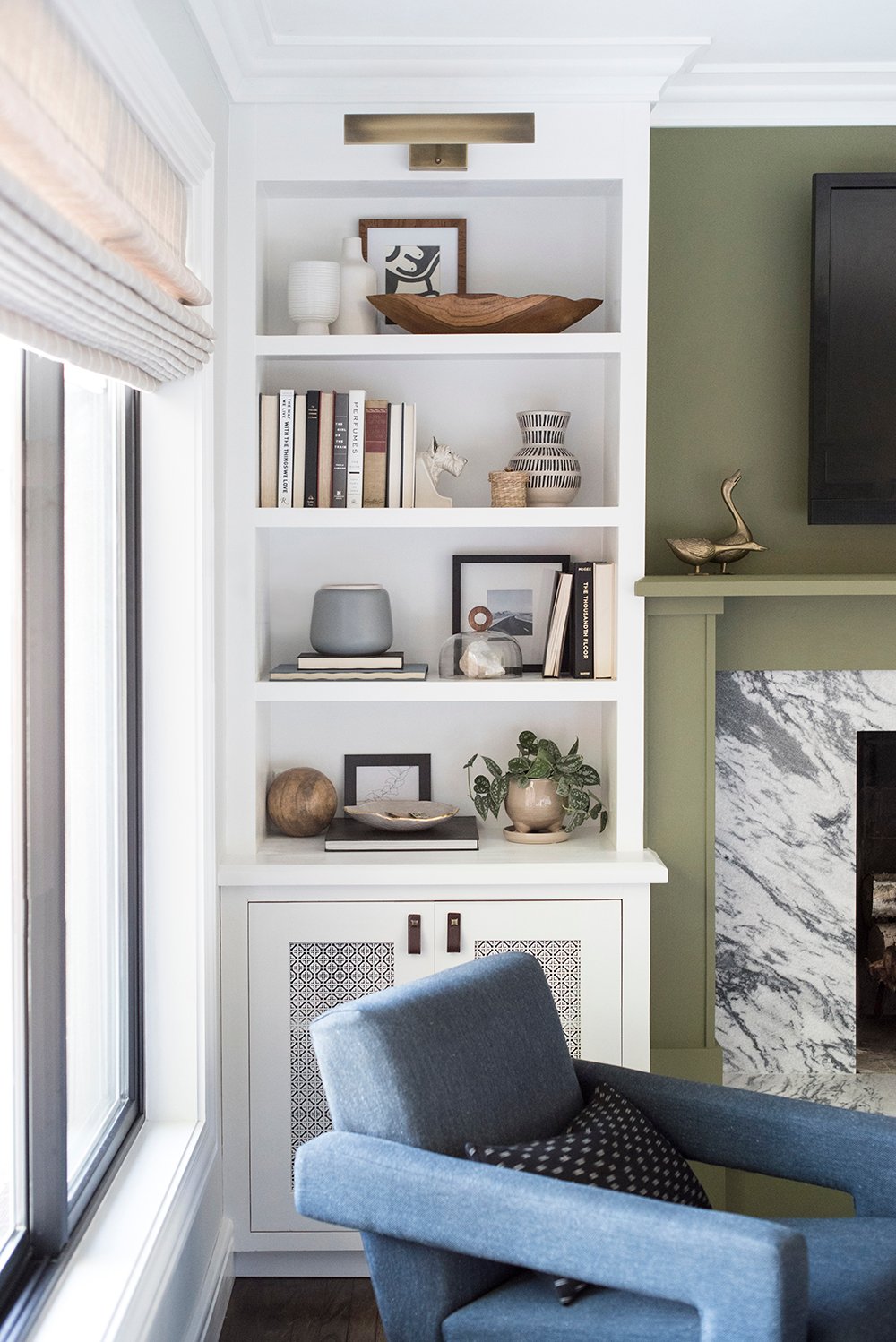 Think of architectural elements, like millwork, as the “bones of your home”. It ties everything together and keeps it connected. The easiest way to make your home feel consistent is by keeping architectural elements and millwork cohesive. Install millwork from the same collection, keep your millwork dimensions and measurements the exact same, and repeat architectural elements. Here’s an example… your home has beautiful arched doorways. You wouldn’t want to swap the arched doorway for a rectangular version when renovating. It would feel totally out of place, and vice versa. Stay true to the architecture so it flows nicely!
Think of architectural elements, like millwork, as the “bones of your home”. It ties everything together and keeps it connected. The easiest way to make your home feel consistent is by keeping architectural elements and millwork cohesive. Install millwork from the same collection, keep your millwork dimensions and measurements the exact same, and repeat architectural elements. Here’s an example… your home has beautiful arched doorways. You wouldn’t want to swap the arched doorway for a rectangular version when renovating. It would feel totally out of place, and vice versa. Stay true to the architecture so it flows nicely!
Treat Open Concept Spaces Similarly
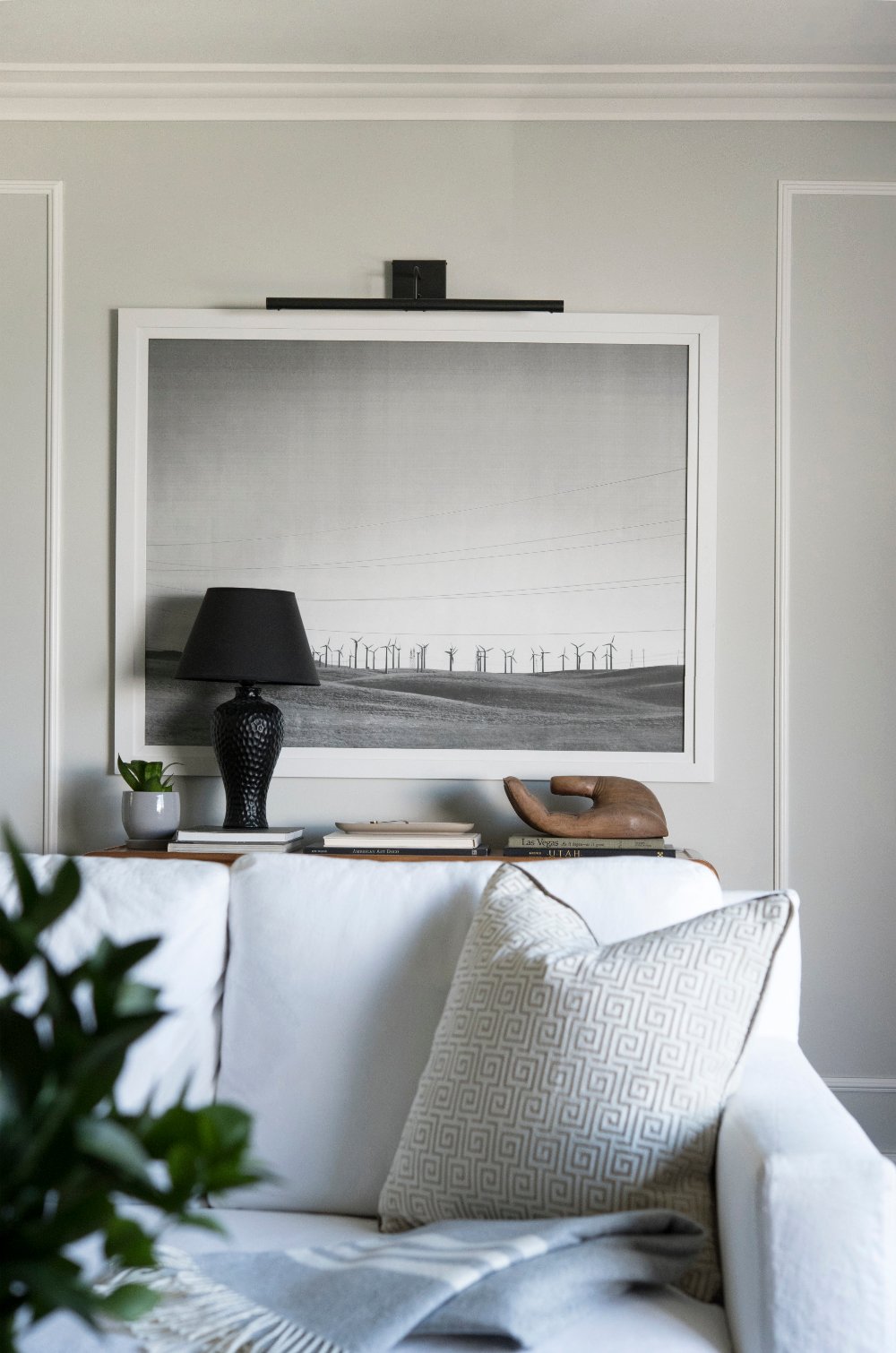 Open concept spaces are a bit more tricky to design. Given they’re very connected and within eyesight of one another, you have to design the space as a whole. For example, in our previous home- the kitchen and laundry room were open concept. They flowed into each other with a large opening in between. I repeated the cabinetry style, color, and material in both spaces, as well as the flooring and countertop. Although the spaces were styled differently, they felt very similar because of the open floor plan and repeated materials. To break them up, make them feel more defined, and insert personality, I used an area rug and unique light fixtures in each space.
Open concept spaces are a bit more tricky to design. Given they’re very connected and within eyesight of one another, you have to design the space as a whole. For example, in our previous home- the kitchen and laundry room were open concept. They flowed into each other with a large opening in between. I repeated the cabinetry style, color, and material in both spaces, as well as the flooring and countertop. Although the spaces were styled differently, they felt very similar because of the open floor plan and repeated materials. To break them up, make them feel more defined, and insert personality, I used an area rug and unique light fixtures in each space.
Consider Contrast
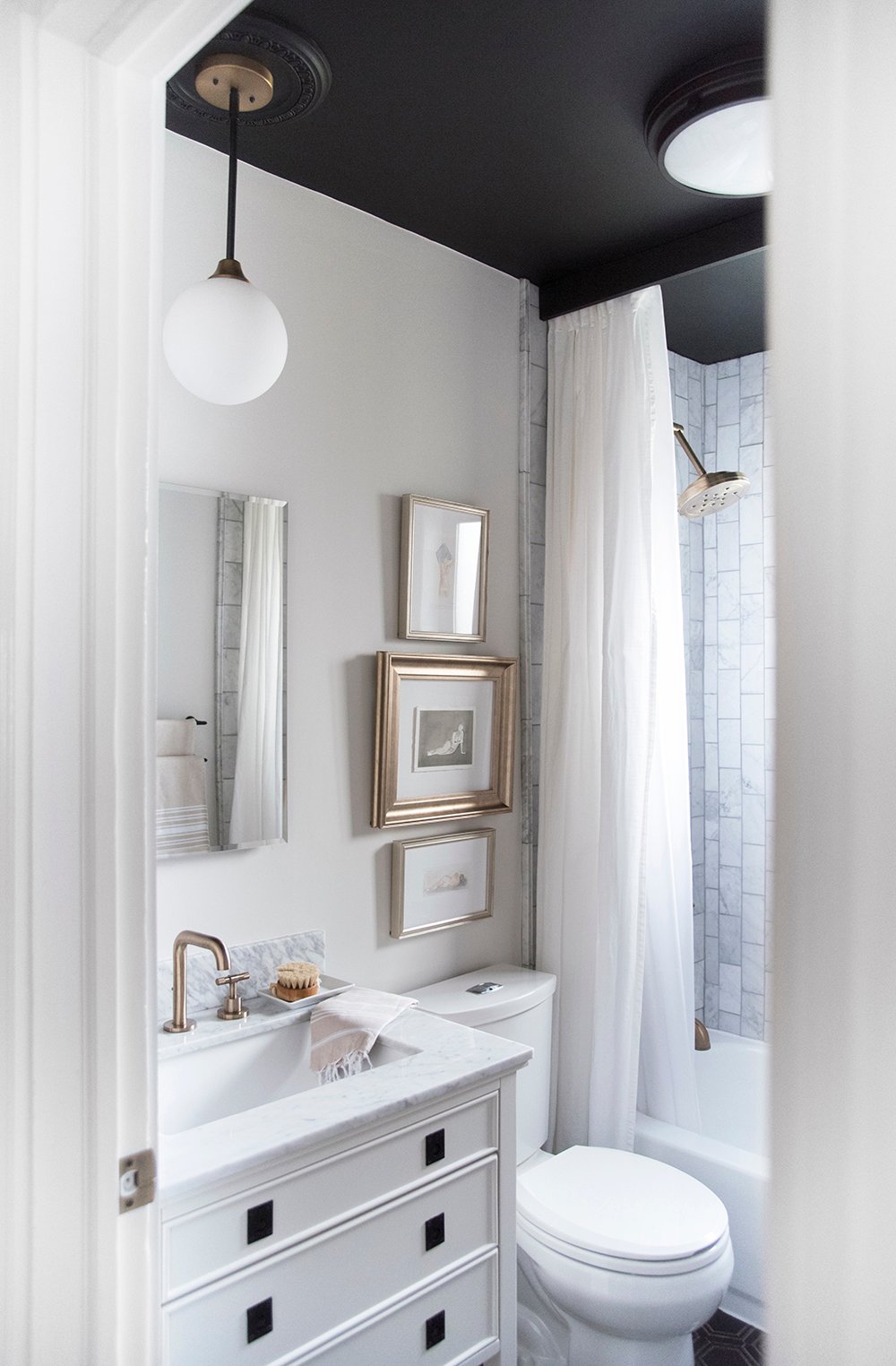 Contrast is actually a really good thing. One of my pet peeves is walking into a home where all of the bathrooms look the exact same (same tile, same vanity, same faucet, etc). While repetition is good, duplicating a room is never a great idea, and is a serious missed design opportunity to insert personality. Believe me when I say- I know it’s easiest to go into a home improvement store and order X amount of the same bathroom vanity for the sake of efficiency and time. Why design four bathrooms when you can design one and repeat it? Because it is cookie cutter… which is never the goal with design of any sort. Wouldn’t you rather your home feel more customized, curated, and unique? It also adds value!
Contrast is actually a really good thing. One of my pet peeves is walking into a home where all of the bathrooms look the exact same (same tile, same vanity, same faucet, etc). While repetition is good, duplicating a room is never a great idea, and is a serious missed design opportunity to insert personality. Believe me when I say- I know it’s easiest to go into a home improvement store and order X amount of the same bathroom vanity for the sake of efficiency and time. Why design four bathrooms when you can design one and repeat it? Because it is cookie cutter… which is never the goal with design of any sort. Wouldn’t you rather your home feel more customized, curated, and unique? It also adds value!
Stay True to Yourself
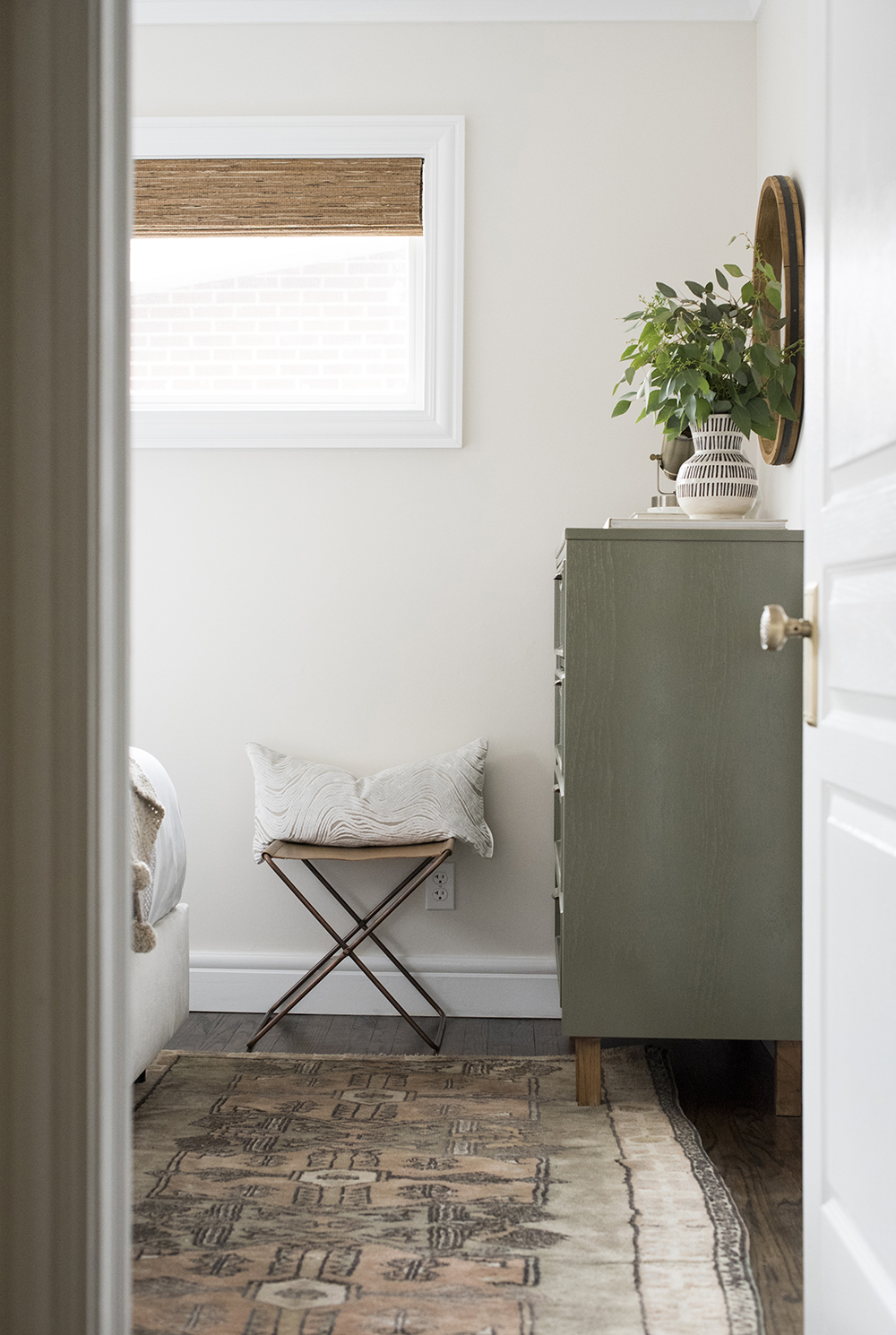 Remain true to yourself and aesthetic. It’s easy to see a trend and want to mimic it exactly in your own home. Before jumping on the bandwagon, make sure it fits your current style. Sticking with your personal aesthetic and staying true to yourself is a big part of having a curated home that flows and represents its inhabitants (aka- you and your family). Editing your home in your own way is another opportunity to create a cohesive home that feels timeless.
Remain true to yourself and aesthetic. It’s easy to see a trend and want to mimic it exactly in your own home. Before jumping on the bandwagon, make sure it fits your current style. Sticking with your personal aesthetic and staying true to yourself is a big part of having a curated home that flows and represents its inhabitants (aka- you and your family). Editing your home in your own way is another opportunity to create a cohesive home that feels timeless.
Choose Cohesive Finishes and Decor
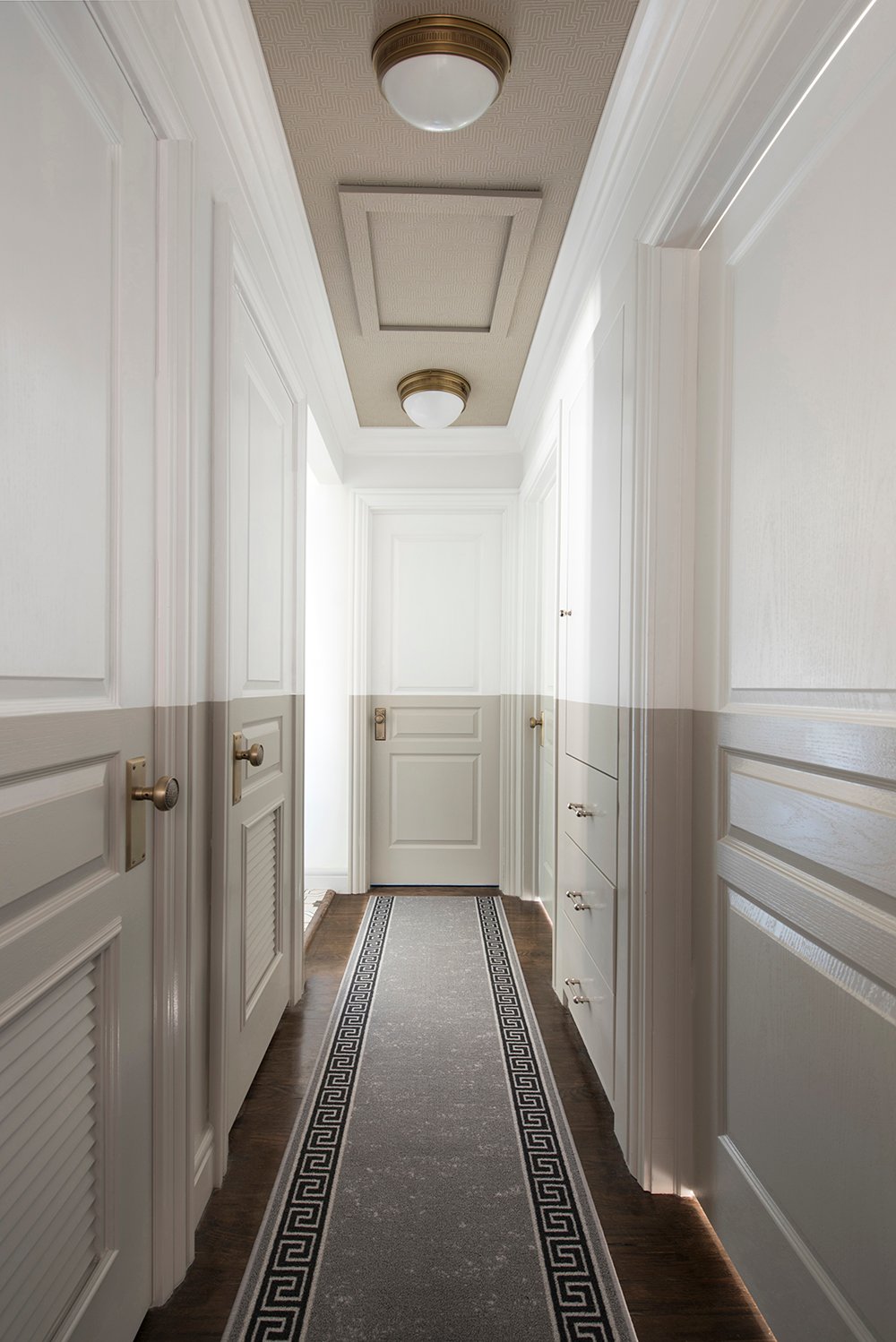 While I don’t like things to be “matchy matchy”, using your favorite materials and textiles can act as a common thread. For example, rather than buying three identical rugs for three different rooms, choose different rugs with a common denominator… wool material, color palette, texture, etc. It’s a less obvious consistency that will provide a cohesive look. Another example? Linen window treatments… perhaps you use natural linen drapery in your master bedroom. Curtain panels are always soft and beautiful! Repeat the natural linen material in a roman shade in a guest bedroom, which feels more casual and inviting. The window treatment is a different shape, totally different look, but they still feel consistent.
While I don’t like things to be “matchy matchy”, using your favorite materials and textiles can act as a common thread. For example, rather than buying three identical rugs for three different rooms, choose different rugs with a common denominator… wool material, color palette, texture, etc. It’s a less obvious consistency that will provide a cohesive look. Another example? Linen window treatments… perhaps you use natural linen drapery in your master bedroom. Curtain panels are always soft and beautiful! Repeat the natural linen material in a roman shade in a guest bedroom, which feels more casual and inviting. The window treatment is a different shape, totally different look, but they still feel consistent.
Keep Your Preferred Aesthetic in Mind
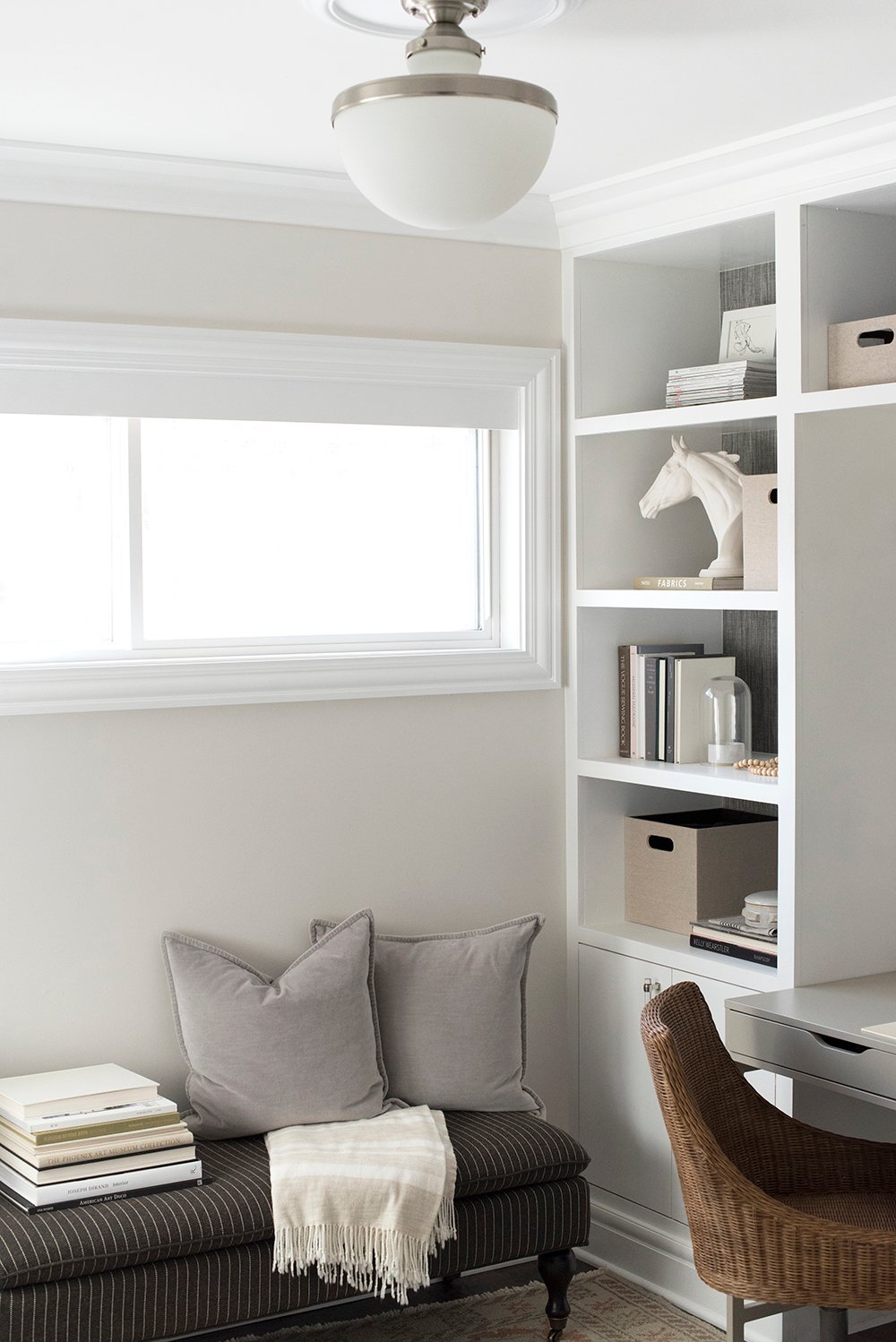 Similar to staying true to yourself, knowing your style, and sticking to your preferred aesthetic is important in creating a cohesive home. I’ve got an easy example. It wouldn’t make sense to design a stark, minimal, and modern dining room, only to walk into the connected kitchen that is filled or cluttered with layers of objects, art, and curated decor (a maximalist approach). The goal is to keep the vibe and styling on a similar level throughout.
Similar to staying true to yourself, knowing your style, and sticking to your preferred aesthetic is important in creating a cohesive home. I’ve got an easy example. It wouldn’t make sense to design a stark, minimal, and modern dining room, only to walk into the connected kitchen that is filled or cluttered with layers of objects, art, and curated decor (a maximalist approach). The goal is to keep the vibe and styling on a similar level throughout.
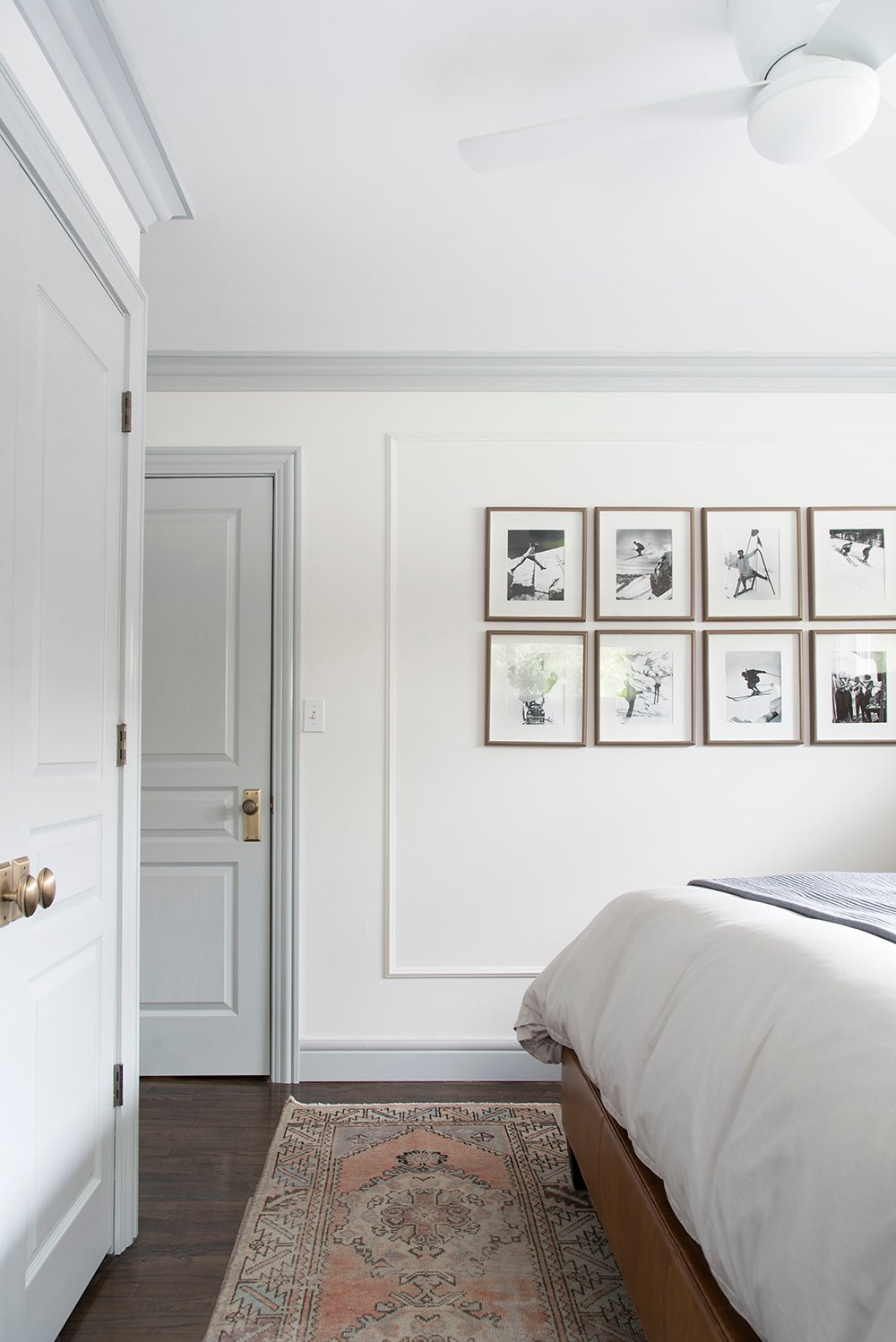 I hope this was helpful if you’re also wondering how to create a cohesive home that seems to flow nicely, while remaining representative of your personal style. In design, this can be a daunting topic or one that is easy to overthink because homes typically take a long time to design, change, and update over time.
I hope this was helpful if you’re also wondering how to create a cohesive home that seems to flow nicely, while remaining representative of your personal style. In design, this can be a daunting topic or one that is easy to overthink because homes typically take a long time to design, change, and update over time.
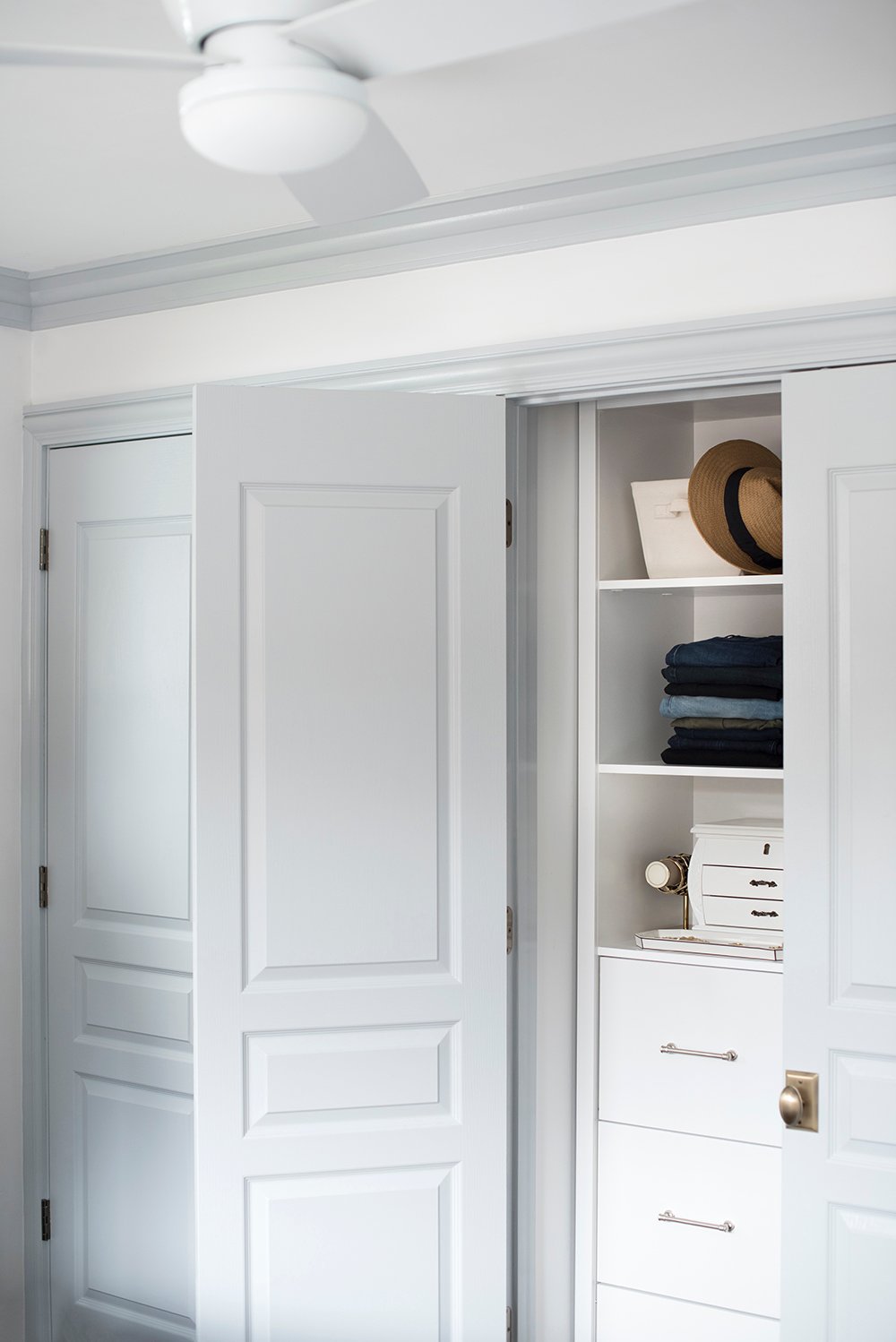 My biggest piece of advice is this… stay true to yourself and keep your eyes on the end goal, checking back in with yourself along the way. With SO much interior inspiration out there, it’s easy to lose yourself and the big picture. Figure out why you love that inspiring image and determine how it fits into your personal aesthetic, then make it your own and keep editing.
My biggest piece of advice is this… stay true to yourself and keep your eyes on the end goal, checking back in with yourself along the way. With SO much interior inspiration out there, it’s easy to lose yourself and the big picture. Figure out why you love that inspiring image and determine how it fits into your personal aesthetic, then make it your own and keep editing.
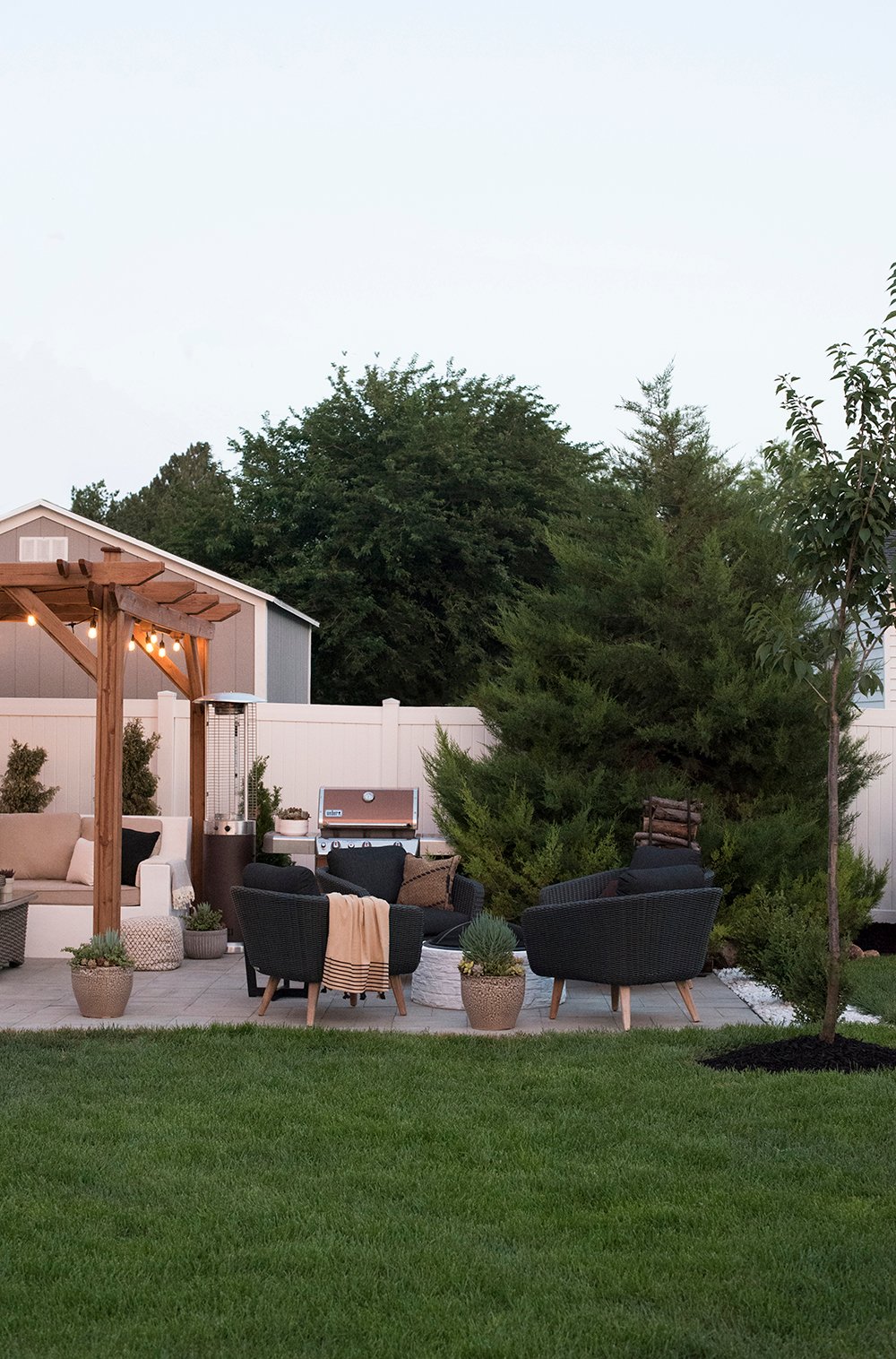 Questions or thoughts? You know I love hearing them in the comment section! Oh- and many of you have been requesting an updated home tour of our current house, and I realized I haven’t done one since we moved in almost two years ago. I think it’s time! Stay tuned for that later this month. Happy Tuesday, friends!
Questions or thoughts? You know I love hearing them in the comment section! Oh- and many of you have been requesting an updated home tour of our current house, and I realized I haven’t done one since we moved in almost two years ago. I think it’s time! Stay tuned for that later this month. Happy Tuesday, friends!
